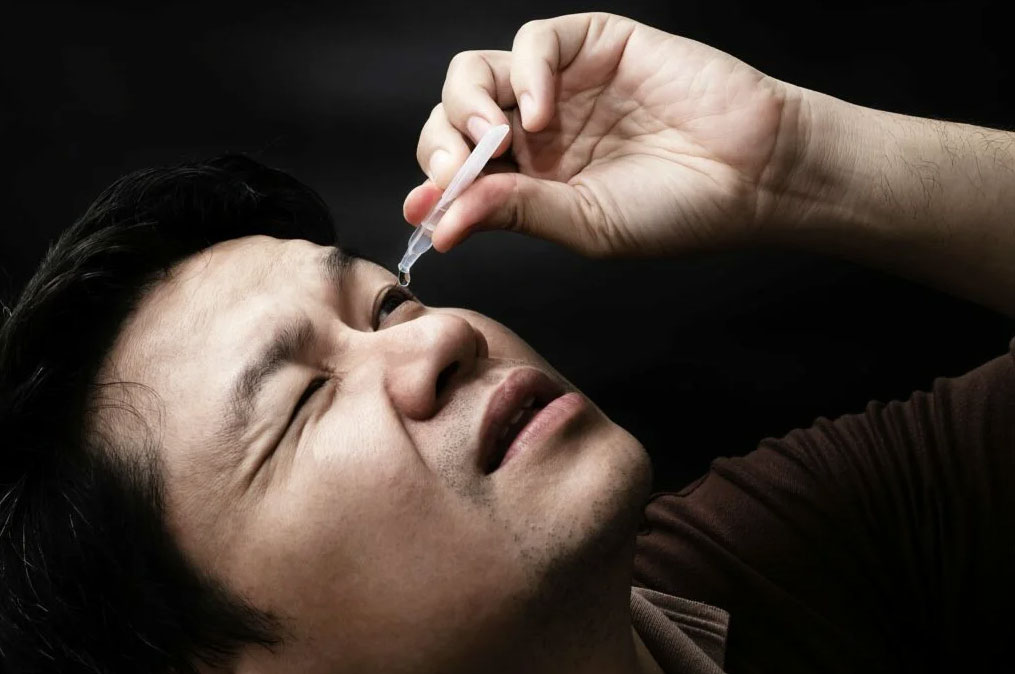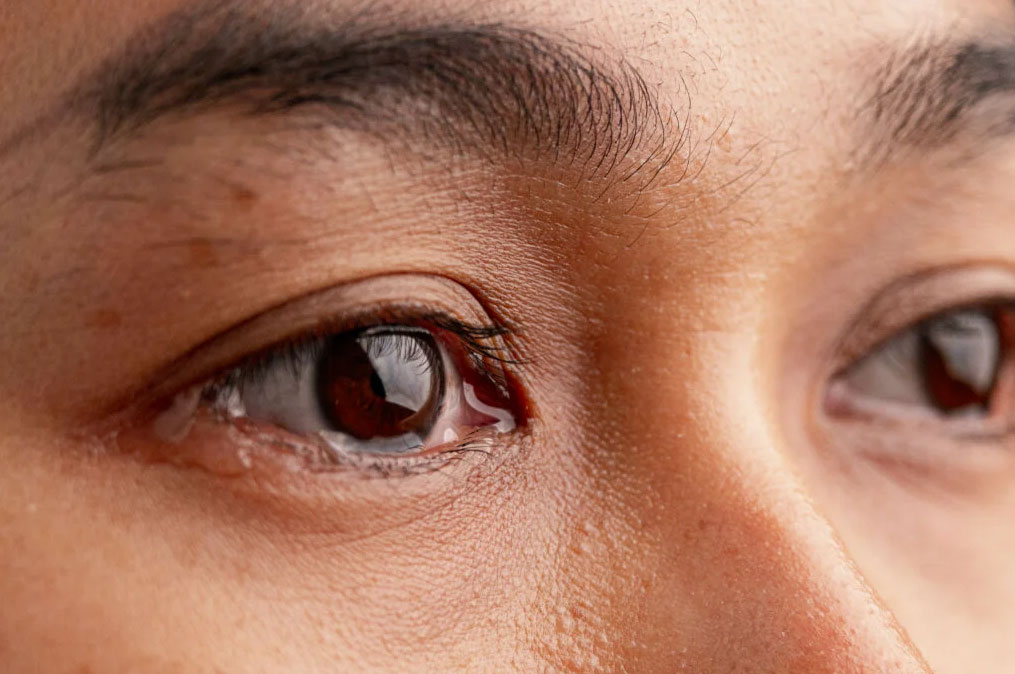Normally when we talk about dry eyes, we think about eyedrops. When you go to a pharmacy, there are seemingly endless choices of eyedrops. There are numerous brands, some with preservatives and some without, different viscosity eyedrops to eye gels, some contain vasoconstrictors to help “reduce redness”, and their costs can vary tremendously. Besides eyedrops, other dry eye treatments are available. For example, home remedies such as warm compresses, humidifiers, and treatments received at an ophthalmologist’s clinic like punctal plugs, meibomian gland expression and intense pulsed light (IPL).

However, eyedrops are by far the most commonly used first-line treatment for dry eyes because they do not require a prescription, and can be easily purchased over-the-counter (OTC). Many people do not know the active ingredients in their eyedrops or whether they may actually be harmful to the eye. The majority of OTC lubricant eyedrops use a preservative called benzalkonium chloride (BAK). A preservative is required to lengthen shelf life and to prevent bacteria from growing inside the bottle after it has been opened. BAK is well known to cause cytotoxic damage to conjunctival and corneal epithelial cells. Therefore, it can be harmful to the eye surface when used frequently or over a long period of time. BAK is also commonly used in many different types of medication eyedrops such as antibiotics, where its toxicity can actually be an advantage for short-term use. Lubricant eyedrops which claim to “reduce redness” usually contain chemicals such as tetrahydrozoline that constricts blood vessels on the eye surface. Frequent and long-term use of these eyedrops can cause rebound dilation of the blood vessels when the eyedrop is discontinued. Overall, it is understandable that for chronic dry eye patients, the use of preservative-free artificial tears may be the safer option as long-term use is expected.
Even if the more expensive cost of preservative-free artificial tears is not of concern, compliance may be another big issue. A four to six times per day dosing is usually recommended for mild to moderate dry eye patients. More severe patients may require every 1-2 hourly dosing. Therefore, poor compliance with eyedrops use can be expected in a large population of chronic dry eye patients.

Let us digress a bit to review some basic facts about tears. There are three types of tears we produce: basal, emotional and reflex tears. Basal tears are in your eyes all the time to lubricate, nourish and protect your cornea. It acts as a constant shield between the eye and the rest of the world, keeping dirt and debris away. Reflex tears are formed when your eyes need to wash away harmful irritants, such as smoke or foreign bodies. Basal tearing is the type of tear you want to improve for dry eye patients. Basal tears have a combination of oil, water, and mucus to help maintain a stable tear film. Recently, a new technology for relieving dry eyes was launched in Hong Kong. It is a non-invasive device that can improve our own natural tear production, thereby reducing our dependence on eyedrops use. This device called iTEAR, is an external nasal stimulator that utilises a non-invasive technology to stimulate the external nasal nerve to promote natural tear production. This novel pathway of neurostimulation for the treatment of dry eyes has been clinically proven and is also U.S. Food and Drug Administration (FDA) approved. A second form of this novel treatment is in the form of a nasal spray called Tyrvaya (Varenicline solution 0.03mg). This product, however, is currently unavailable in Hong Kong.
iTEAR (an extra-nasal mechanical neurostimulation device) and Tyrvaya (an intra-nasal chemical neurostimulation medication) may in the future lead to a paradigm shift in the treatment of dry eyes. This natural, safe, preservative-free modality may be a better choice for patients with chronic dry eyes to restore their ability to produce natural tears from the root.

